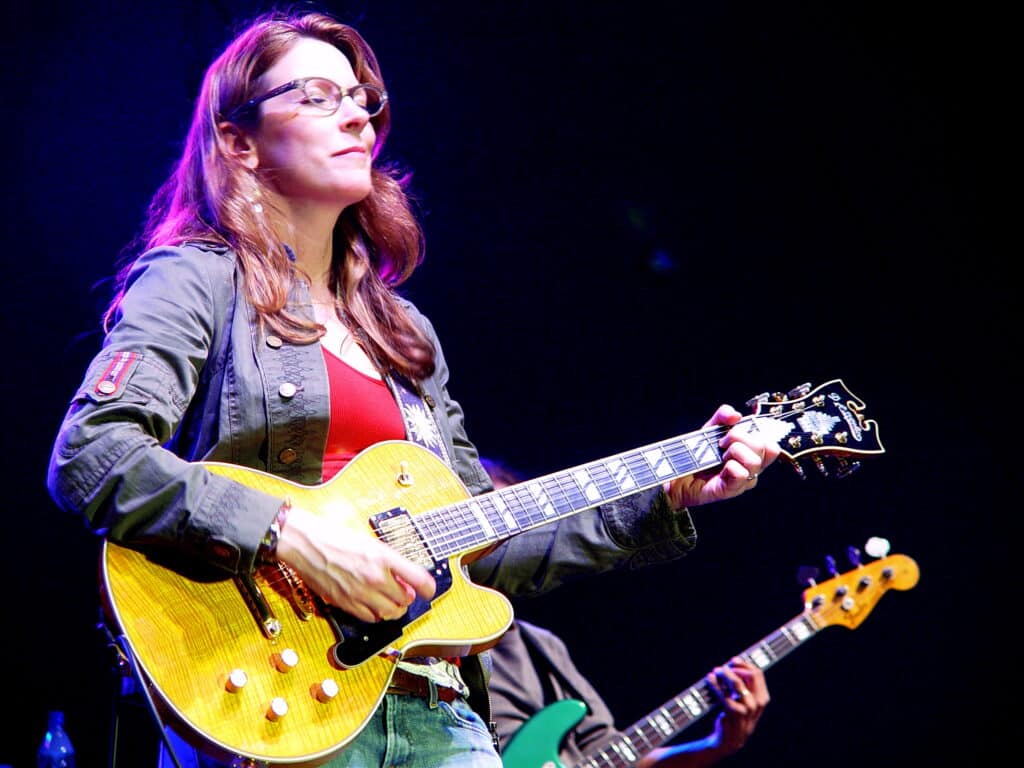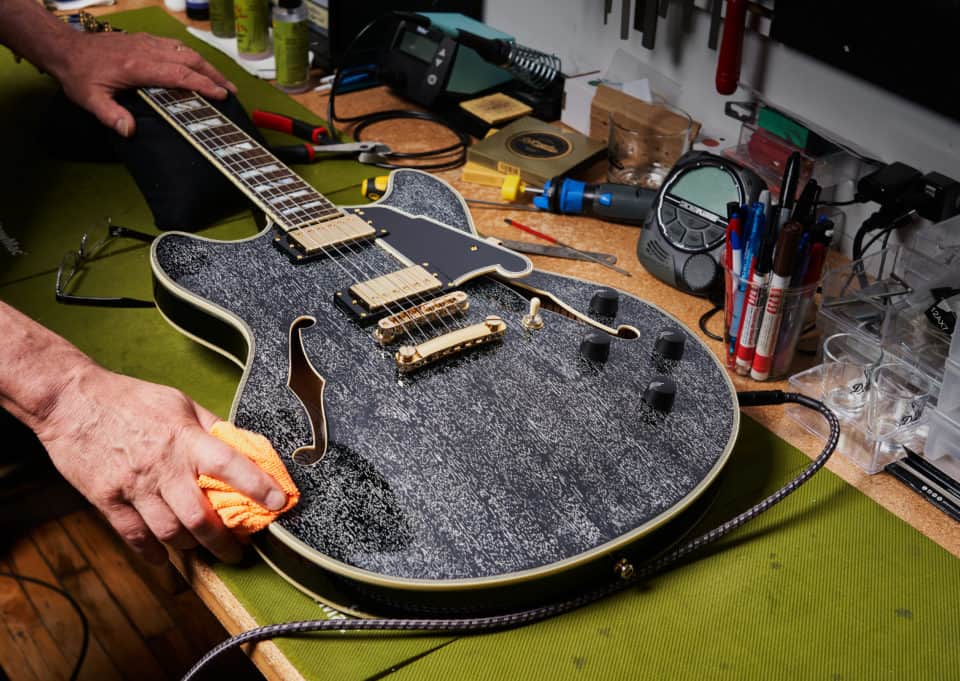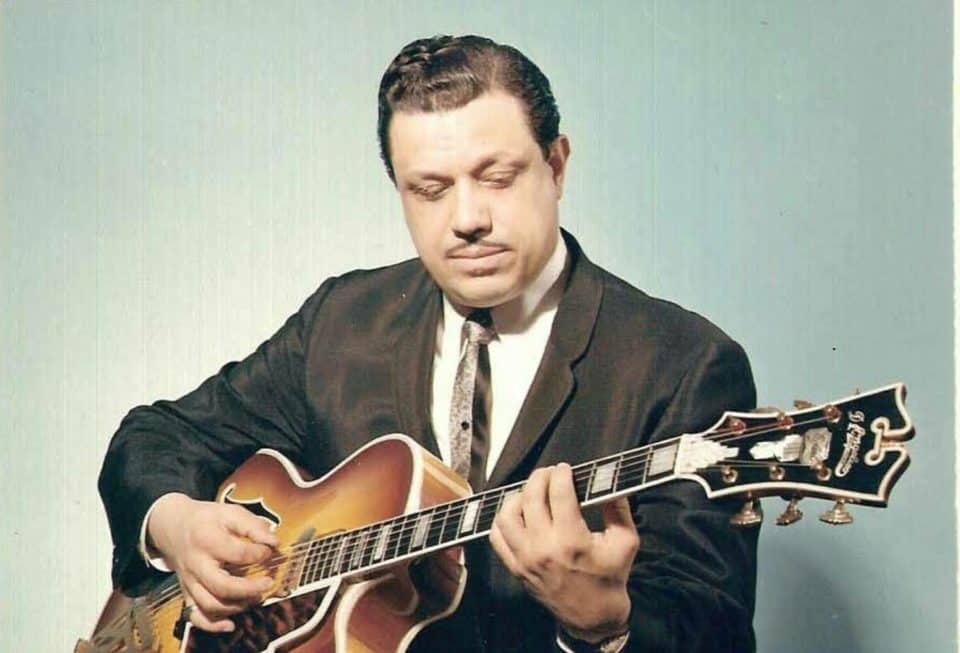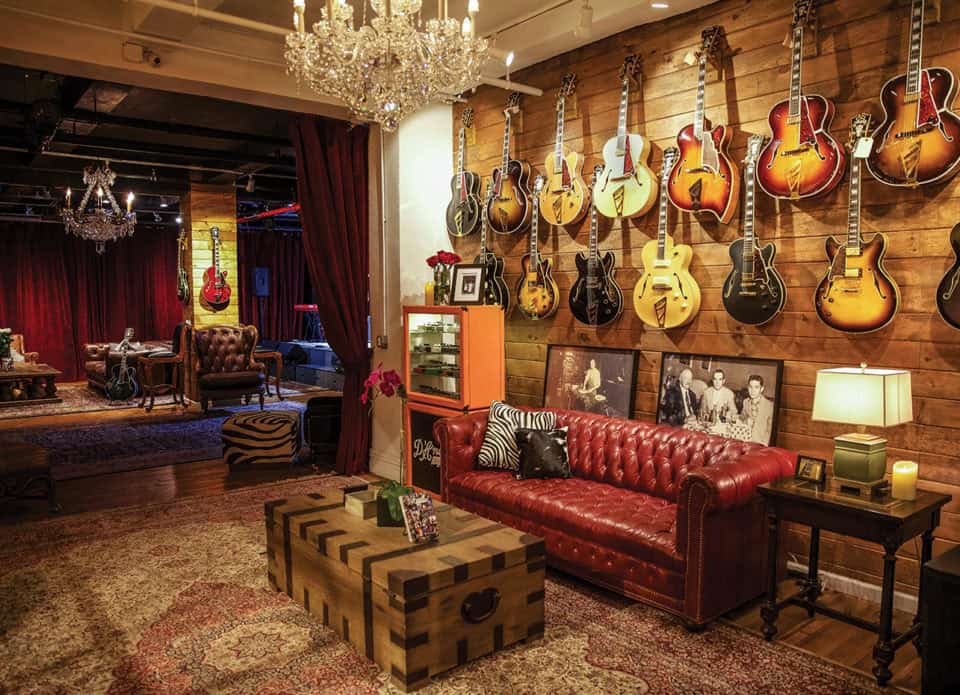The History of D’Angelico Guitars: Crafting Excellence for Generations
D’Angelico Guitars is a name that carries a deep legacy in the world of fine instrument craftsmanship. Known for their elegant archtops, stunning semi-hollows, and modern solid-body guitars, D’Angelico Guitars represent a blend of tradition, innovation, and artistic excellence. From their beginnings in New York City to their resurgence in the modern era, D’Angelico remains a brand synonymous with quality, tone, and craftsmanship. Let’s explore the rich history of this legendary guitar company, how they evolved, and what makes them stand out today.
The Origins: John D’Angelico and the Birth of a Legacy
The story of D’Angelico Guitars begins with one man: John D’Angelico. Born in 1905 in Little Italy, New York, D’Angelico grew up in a community rich with Italian artisanship. He apprenticed with his great-uncle, a skilled violin and mandolin maker, where he honed his understanding of fine instrument construction.
By 1932, John D’Angelico opened his own workshop at 40 Kenmare Street in Manhattan. Inspired by traditional violin-building techniques and early archtop guitar designs, he set out to craft guitars that offered unparalleled tonal clarity, resonance, and aesthetic beauty. His goal was to refine and elevate the archtop guitar to an instrument of superior playability and tone.
The Golden Era: 1930s-1950s
During the 1930s and 1940s, D’Angelico became known as one of the premier guitar makers in the world. He produced a limited number of guitars, estimated to be around 1,164 instruments in his lifetime, each meticulously handcrafted. His designs were influenced by Gibson’s L-5 archtop, but he took his craftsmanship to new heights with refined bracing, elegant body shapes, and an unmistakable Art Deco aesthetic.
Prominent models from this era included:
- New Yorker – A luxurious, large-bodied archtop with stunning inlays and bold, dynamic tone.
- Excel – A more compact archtop that still maintained premium tonewoods and a rich sound.
- Style B – A more affordable alternative to the high-end models, but still hand-built with the same attention to detail.
These guitars became the go-to instruments for many jazz musicians, including Johnny Smith, Bucky Pizzarelli, and Chuck Wayne, solidifying D’Angelico’s place in jazz history.
Transition and Preservation: The Passing of a Master
In 1959, John D’Angelico’s health began to decline, and he brought in Jimmy D’Aquisto, an apprentice who would later become one of the most respected luthiers in the industry. D’Aquisto learned under D’Angelico’s guidance and carried on the techniques that defined these legendary instruments.
Sadly, John D’Angelico passed away in 1964, leaving behind a lasting legacy. D’Aquisto continued the tradition for a time but eventually started crafting guitars under his own name. For years, original D’Angelico guitars became sought-after collectors’ items, treasured by musicians and enthusiasts alike.
The Revival: A Modern Renaissance
For decades, the D’Angelico name remained in the annals of guitar history, until the early 2010s when a group of entrepreneurs and luthiers sought to bring the brand back to life. Their goal was to preserve the original craftsmanship while making D’Angelico guitars accessible to modern players.
Under new leadership, D’Angelico introduced a range of reissued classics and modern designs that honored the past while embracing the future. The modern D’Angelico lineup includes:
- Premier Series – Affordable, high-quality guitars that maintain the D’Angelico aesthetic without breaking the bank.
- Excel Series – A step up in quality, featuring premium tonewoods, upgraded electronics, and superior craftsmanship.
- Deluxe Series – High-end, professional-grade instruments that rival custom shop guitars in terms of build quality and tone.
They also introduced solid-body models like the Atlantic and Bedford, expanding their appeal beyond jazz and into rock, blues, and alternative genres.
What Sets D’Angelico Apart?
1. Art Deco Aesthetics
One of the most striking features of D’Angelico guitars is their Art Deco-inspired designs. From the headstock shape to the mother-of-pearl inlays, every detail reflects the elegance and sophistication of early 20th-century craftsmanship.
2. Unmatched Playability
D’Angelico guitars are revered for their smooth neck profiles, perfect fretwork, and balanced tone, making them a joy to play whether you’re a jazz virtuoso or an indie rocker.
3. Versatility in Sound
While traditionally associated with jazz, modern D’Angelico guitars feature humbuckers, P90s, and even modern pickup configurations, making them suitable for rock, blues, funk, and beyond.
4. A Blend of Tradition and Innovation
While the brand respects its roots, it has embraced new technology, such as locking tuners, improved hardware, and premium electronics, to ensure these guitars meet the demands of today’s musicians.
D’Angelico’s Place in Today’s Guitar World
Since its revival, D’Angelico has solidified itself as a serious contender in the boutique and premium guitar market. Their instruments are used by artists across genres, including Bob Weir (Grateful Dead), Kurt Rosenwinkel, and Brandon Niederauer.
The company has also collaborated with artists and introduced signature models, such as the Bob Weir Bedford and the Brandon Niederauer Atlantic, further expanding their reach.
Conclusion: A Legacy of Craftsmanship
D’Angelico Guitars remains one of the most revered names in the industry, combining historical craftsmanship with modern innovation. From its humble beginnings in Little Italy to its current resurgence, the brand continues to produce some of the finest instruments available today.
Whether you’re a jazz traditionalist looking for the warmth of an archtop or a modern player in need of a versatile semi-hollow, D’Angelico offers a piece of guitar history in every instrument they craft. Their commitment to artistry and tone ensures that their legacy will continue to inspire guitarists for generations to come.






